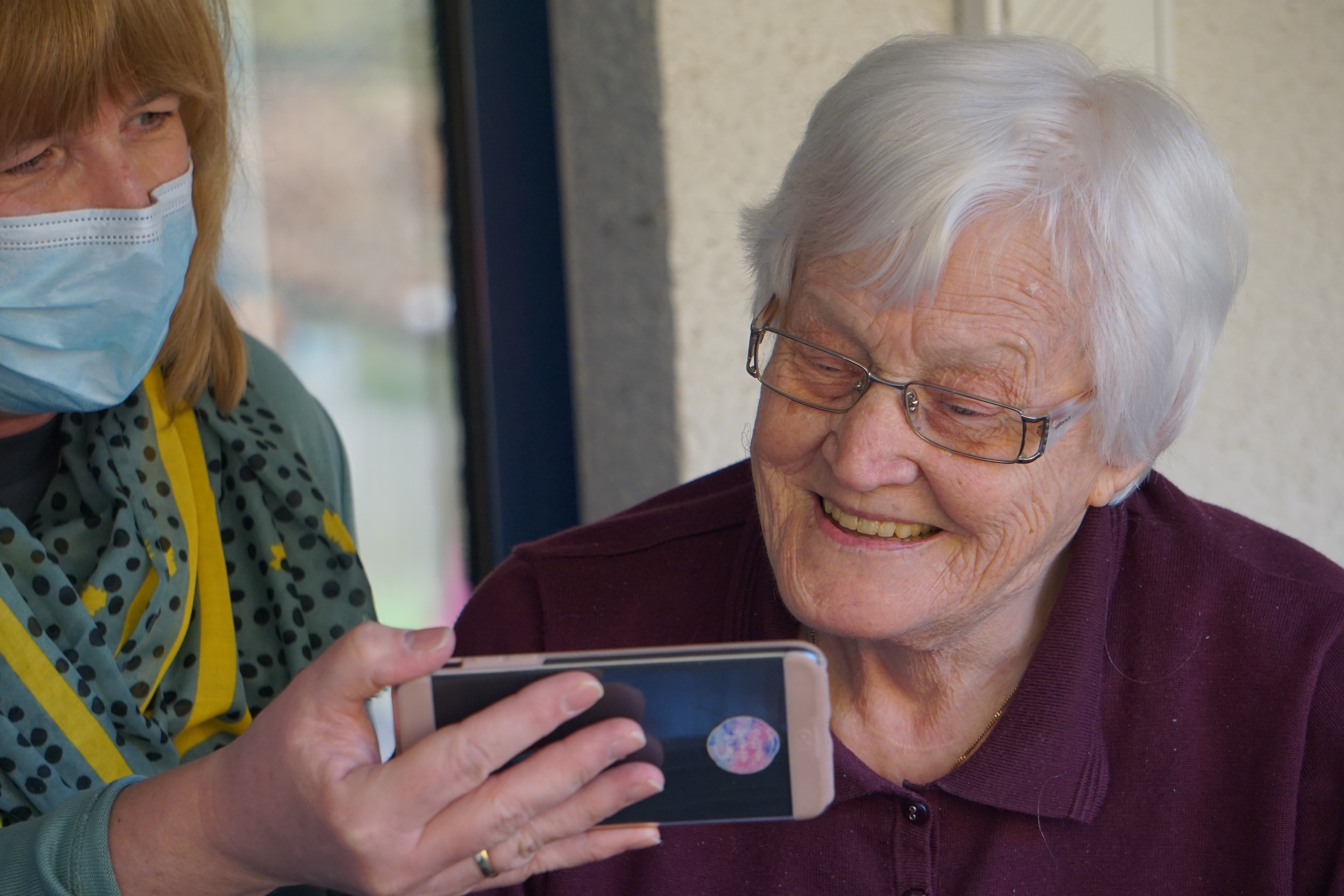
How to Care for Skin During and After Cancer Treatments
How to Care for Your Skin During and After Radiation and Chemotherapy
Radiation therapy plays an important role in treating cancer. However, it can also cause some uncomfortable, and even painful, side effects to the skin. These symptoms can include itchiness, redness, blistering, and peeling.
However, with the right skincare, you can reduce the side effects to your skin, helping your skin feel more comfortable during treatment and allowing your skin to recover more quickly post-treatment.
Protecting Your Skin During Treatment
Your skin can become very sensitive during radiation and chemotherapy so you’ll want to be gentle and protect your skin during treatment. To reduce the effect of these treatments on your skin, follow these tips starting the day you begin treatment and continue until you’ve stopped radiation and/or chemotherapy.
Bathing and Shaving
- Gently wash treated skin every day with warm water. This helps remove bacteria from your skin that can cause infections. Skip using washcloths, sponges and loofahs, using only your hands to gently splash water on treated skin.
- If you need to cleanse, use a gentle, low-pH cleanser. Ask your care team for product recommendations.
- Ignore the lines drawn on your skin. Don’t scrub these lines off, or you’ll irritate your skin.
- Take short showers or baths in cool or lukewarm water, rather than hot water.
- Pat your skin dry, never rub, with a soft and clean towel.
- Avoid shaving treated skin, as this can lead to a painful rash.
- Apply moisturizer every day as directed.
Morning Routine
- Care for wounds as directed. Some people may develop redness, sores, or scabs as a result of treatment. Care for these wounds each day; a good time to do it is in your daily routine of getting dressed.
- Skip antiperspirant and talcum powder. Ingredients in these products can increase the amount of radiation you get. Opt for deodorant instead of antiperspirant. However, if you develop redness, swelling, or soreness where you applied the deodorant, stop using it as well.
- Don’t apply sticky things to your skin, such as adhesives in bandages, medical tape, or even nicotine patches.
- Take a break from products with fragrances.
- Wear loose fitting clothes that don’t rub against the skin being treated.
Spending Time Outside
- Being outside can relieve stress, but you must protect your skin from UV rays and heat by covering the skin being treated with protective clothing.
- Use sunscreen recommended by your care team.
- Seek shade when outdoors to protect your skin.
- Don’t use a tanning bed or other tanning device.
- Skip hot tubs or you could end up with a serious infection.
- Bundle up when temps drop below freezing. The cold can irritate your skin so limit your time outside when it’s cold.
Home-Based Activities
- Don’t put anything hot or cold on your treated skin. A heating pad or ice pack may seem like a good idea, but they will further irritate your skin.
- Protect your skin while doing chores, such as wearing gloves while doing the dishes.
In some cases, your doctor might prescribe a medication to treat your skin symptoms, such as a medical cream, antibiotic, or oral corticosteroid. Be sure that you use or take your medication as prescribed.
Finally, if you suspect that you’ve developed an infection or are experiencing an allergic reaction, contact your doctor or nurse immediately. In some cases, an infection or allergic reaction can be serious or life threatening.
What to Do After Radiation and Chemotherapy Treatment
Make sure that you pay attention to your skin even after treatment has ended. Some side effects can occur weeks, months, or years after your final radiation treatment and can even happen if you had no side effects during treatment. So watch your skin for any signs of change, paying close attention to the treated area. If you see a rash or any change, call your oncologist or dermatologist.
Also, continue to protect your treated skin from the sun. Anyone who has had radiation treatment has an increased risk of developing skin cancer in that area. And because skin cancer can show up many years later, sun protection for life is essential.
Finally, have routine checkups with a board-certified dermatologist. They can help keep an eye on your treated skin and if something does change with your skin down the road, you’ve got someone you can call immediately that you have built a trusting relationship with.





